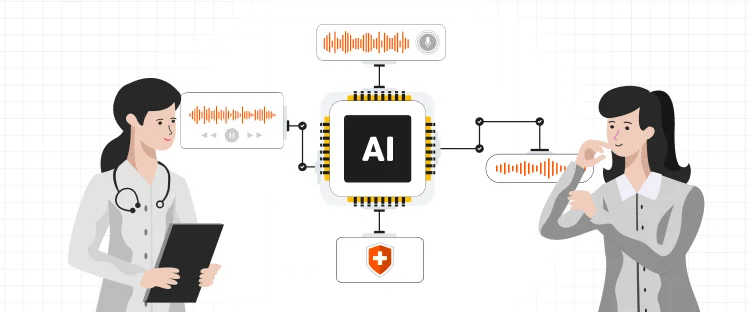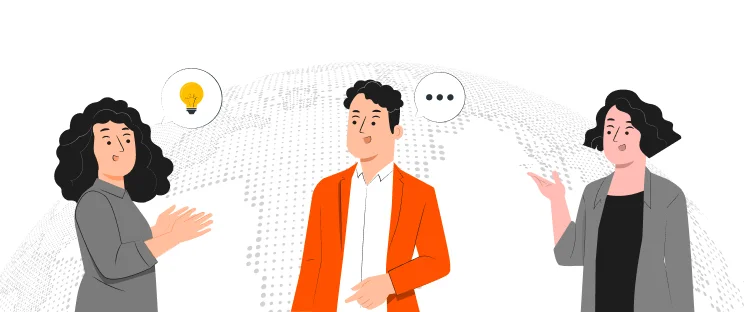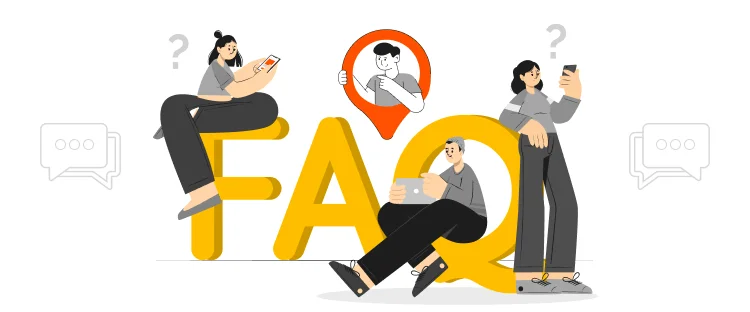It is said that if translations had not existed, the nations would have been living within borders of silence. Of course, that is not the case and translations in the world do exist. In this vast world of intermingling and diverse languages, it is often hard to make bonds that bind and remove barriers between people, society and businesses.
The translation is the only tool that the countries have that can be used to lower these barriers. In the quest to provide the best translation services to companies worldwide, translation agencies must ensure their translation is not only valid, but is also certified.
Let us first look at what is certified translation.
Certified translation means that a translator or the language service provider (LSP) has issued a signed statement verifying that the translation has been done accurately and is a true representation of the original document. But how can that be verified?
This “verification” can be done in a few ways. The first one is “self-attestation”, where the professional translator provides verification of his skills at being completely conversant in both source and target language.
The second is based on the attestation by the project manager or coordinator, verifying that the translation was performed by translator conversant and proficient in both languages. Either type of certification is sufficient to be considered a certified translation.
But here is the catch—a certified translation may still be rejected if it is found that the translation has not done justice to the original document.
Documents that require the certified translation are certificates, diplomas, civil status papers, and those documents that have been issued officially by the government.
This may be a serious concern since the documents that need to be translated are of an official nature and their inaccurate translation could lead to legal penalty. Examples of such documents include court documents, medical documents for pharmaceutical testing and biotechnology papers.
The most frequently certified translations for individuals are birth certificates, marriage certificates, school reports, diplomas, criminal record certificates and court documents.
On the other hand, the most frequent certified translations for companies are public tender documents, powers of attorney documents and legal contracts.
After defining what a certified translation is, let us look the similarities. Contrary to the popular belief, a certified translator and certified translation are not the same thing and it is important not to confuse the two, as these terms are different from each other.
A professional translator becomes a certified translator when he qualifies an exam and is certified by the American Translators Association or other organizations. On the other hand, a certified translation does not necessarily need to be translated by a certified translator.
It can be done by a language service provider who can provide a signed Certificate of Accuracy in the submission to the client.
For a translator to qualify as a certified translator, it is first of all important that he undertakes and passes a certification exam. The ATA certification is an established certification exam for the translators who possess the skills, abilities and knowledge needed to provide professional translation.
This certification exam is currently being offered in 29 languages. Although known as an international certification, ATA does not offer certification exams in all language combinations—only in some.
For example, there are certifications for English into Spanish and Spanish into English. A translator needs to ace both exams to be certified in both the language pairs. In recent years, however, ATA has been adding new certificates for language combinations that have remained untested before.
Any document can attain the status of a certified translation with the support of proper attestation. The question arises—are translators who are without the ATA certification not qualified for the job?
The answer is no. A translator may have his reasons for not being certified. Firstly, there might be no certification exam available in the individual’s language combination. Secondly, it is possible that a well-established individual in the industry no longer feels the need to translate professionally.
Lastly, linguists in the countries outside U.S. may place less emphasis on ATA certification since being ATA-certified does not lend them any business advantage in their home countries.
After looking at what a certified translation is, in a nutshell, translation needs to be accurate, timely and valid.
Being certified translation only lends more credibility to the translation, ensuring that the translation is as accurate as the original document and retains the real essence of the latter.

Many global companies, foreign governments and Iranian are hoping to see an increase in investment in Iran after declaring the
Read More
Artificial intelligence has taken a big space in almost every industry. There is also a widespread acceptance that AI is
Read More
Persuasion is all about manipulating other people behavior. At first it might sound immoral but it doesn’t have to be.
Read More
Now days everyone is searching for good ideas for their company they wanted to be more creative, they wanted to
Read More
Technology has now much diverse roots in this age of development. Now it is not wrong to say, that you
Read More
Localization is the practice of altering the functional properties of a product and also its characteristics. This is easily done
Read More
It is very important to know the fast and fearless front-facing trends of marketing your business in the digital age.
Read More
Nigerian Customer Purchasing Trends – All You Need To Know To Increase Your Sales! Online shopping is one of he many
Read More
Online Customer Purchasing Trends – Why the Polish Market Is Good For Your Sales? The Polish consumers are one of the
Read More


Document Translation
Professional document translation by native expertsApp Localization
Get more downloads by adapting your app for different target marketsVideo Translation
Multilingual translation and subtitling servicesWebsite Localization
Adapt your website into multiple contexts for global reachSoftware Localization
Adapt your software for global usersGame Localization
Reach new players with localized gameplayMTPE
Refine AI translations for natural fluencyBusiness Translation
Professional translation for business documents and websitesDTP & File Conversion
Professional DTP and File conversion, supporting multiple file formatsProofreading
Perfect your content with expert review© Copyright 2025 MarsTranslation